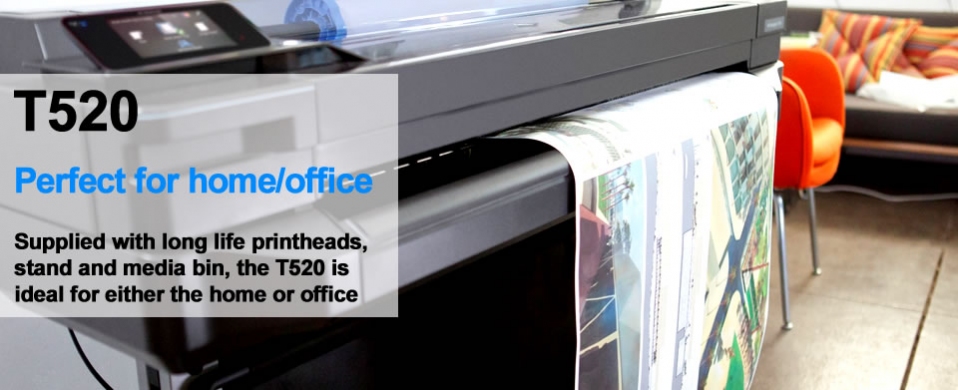
- #HP DESIGNJET T830 AUTOCAD PRINTING IS FADING MOVIE#
- #HP DESIGNJET T830 AUTOCAD PRINTING IS FADING UPGRADE#
After the 9125A, HP continued designing new plotters based on the original 9125A design until 1977.ĭuring this time, the only way for a business to get high resolution graphic output from computers was through pen plotters.
#HP DESIGNJET T830 AUTOCAD PRINTING IS FADING MOVIE#
This plotter famously made an appearance in the 1971 movie “The Andromeda Strain”.

In 1968 HP introduced their first plotter - the 9125A flatbed plotter - designed to be used with the 9100 calculator and connected to the I/O slot at the back. A little bit about HP Plotter History 1968-1990s

In essence, there are technical printers (for the likes of Architects, Engineers and other CAD users) and photographic quality printers (for the likes of Graphic Artists and Photographers). If you click on the 'HP Designjet Showroom' link above you can glimpse HP's latest Designjet models. You may also hear the term 'large format printers' or 'wide format printers' in the industry to describe these machines. Once you purchase a HP Designjet you'll keep it for 5-10-15 years or more. A lucrative sales opportunity for the reseller - however we just want the best quality for our customers.
#HP DESIGNJET T830 AUTOCAD PRINTING IS FADING UPGRADE#
We specialise in HP Plotters, better known as Designjets, because they are well built, reliable, offer excellent value for money (including providing savings in terms of cost of ownership when compared to competitors) and they get the job done! Our competitors often offer a wider range of large format printers - citing Canon as their favourite because customers need to upgrade every 3 years. HP is the biggest manufacturer and has the largest market share both in the UK and Worldwide. Various companies make plotters such as Hewlett Packard (HP), Roland, Canon and Oce. Inks are also variable and are supplied as dye based inks, pigment based inks, and dye or pigment based UV inks (for outdoor printing, to prevent fading). Common widths of media purchased are typically 24", 36", 42", 60" wide. Media options include: vinyl, canvas, fabric, card, paper, film, adhesive paper, coated paper, billboard paper etc and the media can either be sheet fed or roll fed. Typical uses include architectural drawings, maps, large signs or POP adverts in shops and supermarkets, art gallery prints or large photographs etc. Plotters have a wide variety of applications, since they are capable of printing large scale images and can be used with many different types of media.

Despite plotters being replaced for the most part by the mid 1990s, the term "plotter" lives on! In other words, the term "plotter" actually describes the original technology whereby plotter pens plotted across the paper to create drawings. Technically speaking, it is an outdated word, since the technology now employed with newer machines no longer actually 'plots' the output due to changes in printer design and technological advances. Plotters are printers - and "plotter" is a term applied nowadays to describe those printers which print large scale images or drawings, often CAD drawings showing building or engineering plans, POS images, or big canvas prints which are usually either A1 or A0 in size.


 0 kommentar(er)
0 kommentar(er)
